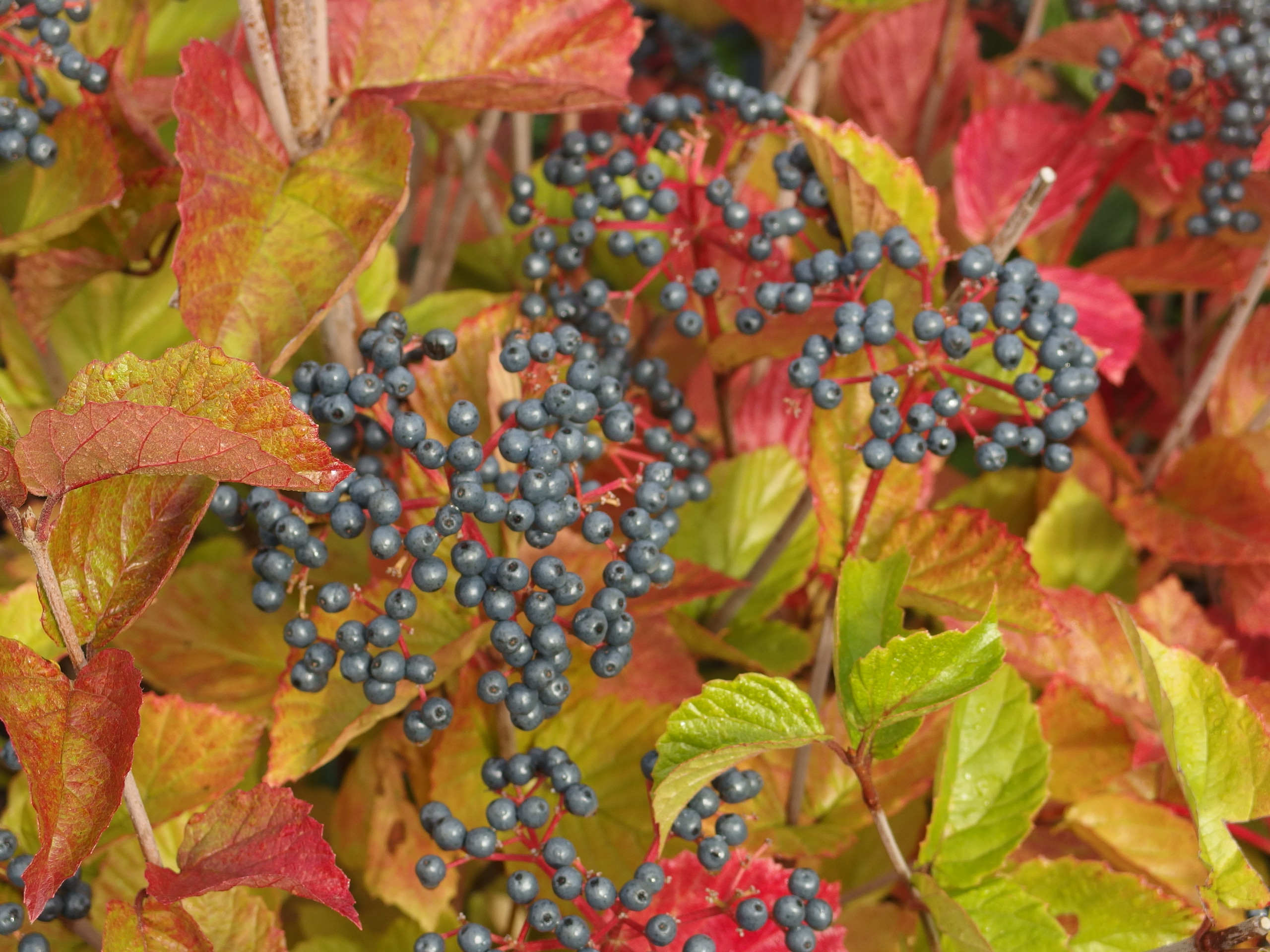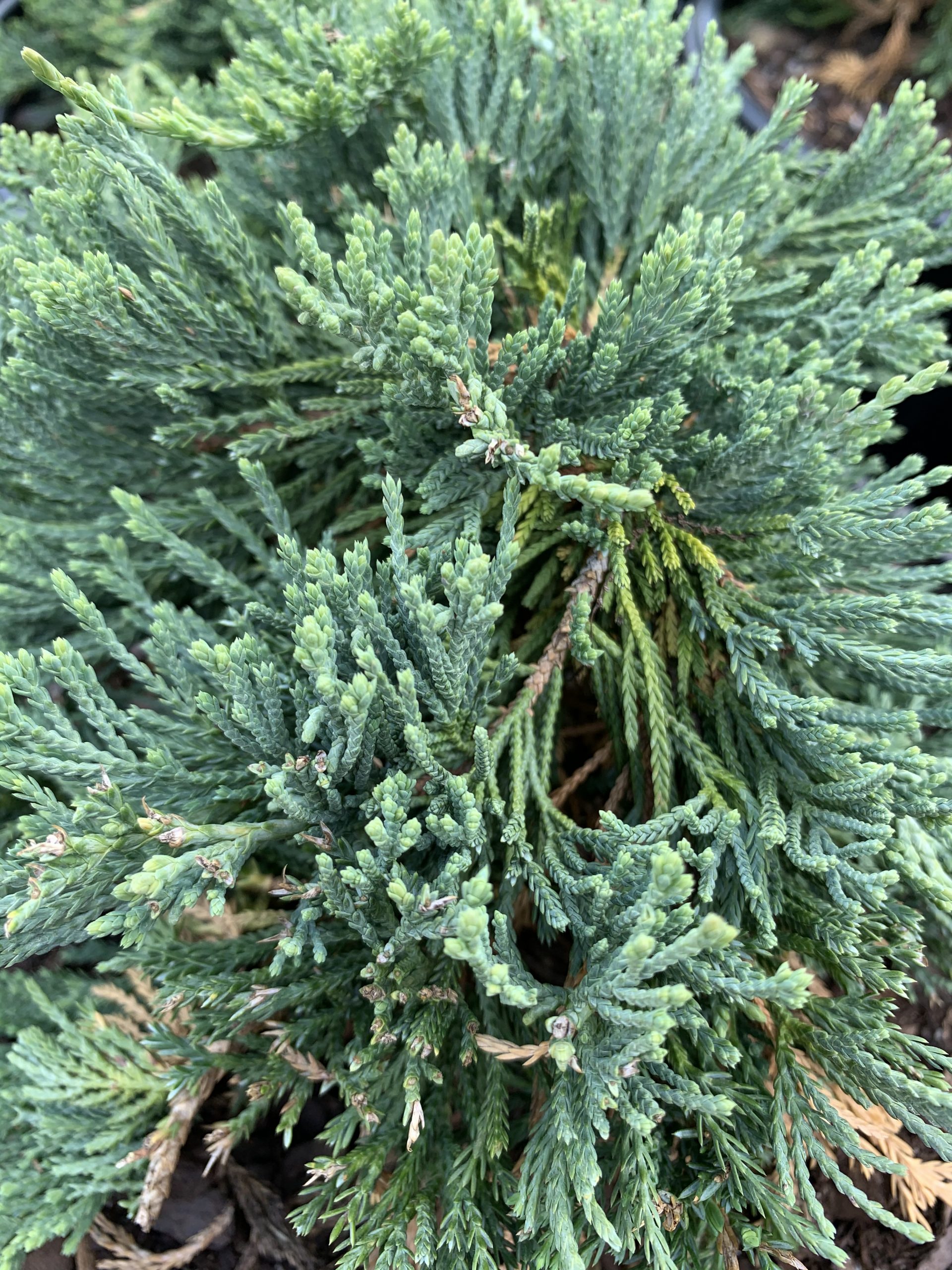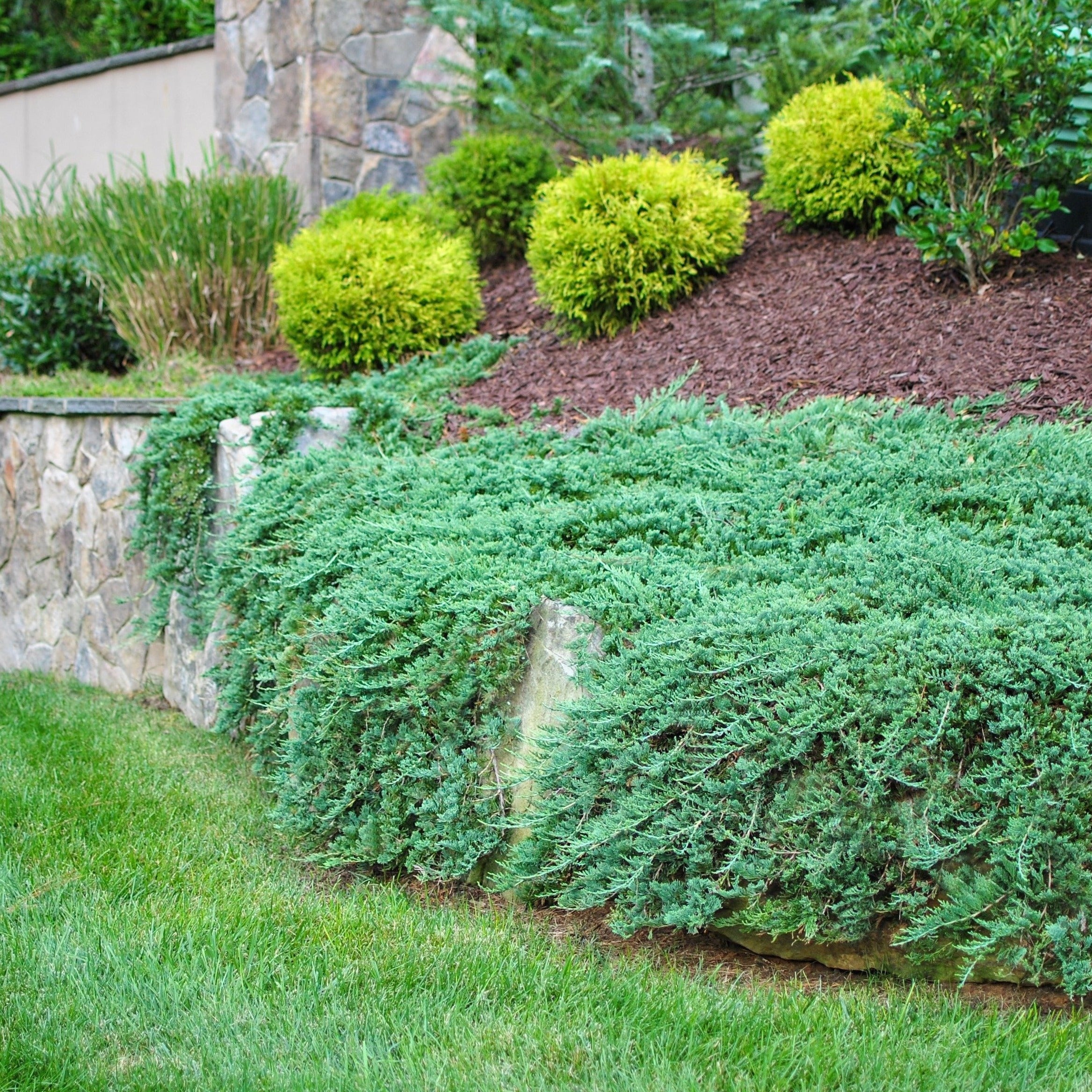Cultivating the Chicago Lustre Viburnum brings a unique charm to any landscape, yet questions linger about its growth rate. Uncover the mysteries and equip yourself with the knowledge to nurture this captivating shrub.
The growth rate of the Chicago Lustre Viburnum can vary depending on factors such as soil conditions, sunlight exposure, and maintenance practices. Generally, it grows at a moderate rate, adding approximately 12 to 18 inches in height and width each year. This steady growth makes it an ideal choice for gardeners seeking a reliable and manageable shrub.

With proper care and attention, the Chicago Lustre Viburnum can reach a mature height and width of 6 to 8 feet, making it a versatile addition to borders, hedges, or as a standalone specimen. Its glossy, dark green leaves provide year-round visual interest, while its clusters of white flowers in spring and blue-black berries in fall add seasonal beauty.
To maximize the growth and health of your Chicago Lustre Viburnum, ensure well-drained, fertile soil that receives ample sunlight. Regular watering and occasional fertilization will support its growth, while pruning to remove dead or overgrown branches encourages a healthy shape. With patience and the right care, you can enjoy the captivating presence of this viburnum in your garden for years to come.
Understanding the Growth Rate of the Chicago Lustre Viburnum

The Chicago Lustre Viburnum (Viburnum dentatum ‘Chicago Lustre’) is a deciduous shrub known for its glossy foliage, showy flowers, and attractive fruit. Its growth rate, like all plants, is influenced by various factors, including environmental conditions and cultural practices.
In optimal conditions, the Chicago Lustre Viburnum typically grows at a moderate rate, adding approximately 12 to 18 inches in height and width each year. This steady growth habit makes it a manageable shrub for gardeners with limited space or those seeking a more controlled growth pattern.

However, it’s important to note that growth rates can vary depending on the specific cultivar and local climate. In cooler regions, the growth rate may be slower, while in warmer climates, it may be slightly faster.
By understanding the growth rate of the Chicago Lustre Viburnum, you can make informed decisions about plant spacing, pruning, and overall garden design. Whether you’re creating a border, hedge, or simply adding a touch of elegance to your landscape, this versatile shrub offers a balance of beauty and manageable growth.
Unveiling the Beauty of the Chicago Lustre Viburnum

The Chicago Lustre Viburnum is a captivating shrub that adds multi-seasonal interest to any garden. Its glossy, dark green leaves provide a lush backdrop throughout the year, while its clusters of white flowers in spring and blue-black berries in fall create a visual feast.
In spring, the viburnum bursts into bloom, adorned with clusters of fragrant, white flowers. These delicate blossoms attract pollinators and add a touch of romance to the garden. As summer progresses, the flowers give way to a profusion of blue-black berries that cling to the branches throughout the fall and into winter.

Not only does the Chicago Lustre Viburnum offer ornamental value, but it also provides ecological benefits. Its berries are a food source for birds and other wildlife, making it a welcome addition to wildlife gardens.
Whether you’re seeking a charming specimen plant or a functional addition to your landscape, the Chicago Lustre Viburnum is a versatile choice that will grace your garden with its beauty and ecological charm for years to come.
History and Myth of the Chicago Lustre Viburnum

The Chicago Lustre Viburnum has a rich history and mythology associated with it. Native to North America, it has been used by Native American cultures for its medicinal and ceremonial purposes.
According to some Native American legends, the Chicago Lustre Viburnum was believed to possess protective powers. Its leaves were often used in rituals and ceremonies to ward off evil spirits and bring good luck.

In more recent times, the Chicago Lustre Viburnum has gained popularity as an ornamental plant due to its attractive foliage and showy flowers. It is commonly used in landscaping and gardening for its versatility and adaptability.
Whether you’re drawn to its historical significance or simply appreciate its beauty, the Chicago Lustre Viburnum is a captivating shrub that adds a touch of charm and mystery to any garden.
Unveiling the Hidden Secrets of the Chicago Lustre Viburnum

Beyond its beauty and ecological value, the Chicago Lustre Viburnum holds some hidden secrets that make it a truly remarkable plant.
One of its lesser-known attributes is its ability to fix nitrogen in the soil. Nitrogen is an essential nutrient for plant growth, and the Chicago Lustre Viburnum’s ability to convert atmospheric nitrogen into a usable form benefits not only itself but also surrounding plants.

Another fascinating aspect of the Chicago Lustre Viburnum is its adaptability. It can thrive in a wide range of soil conditions, from moist and well-drained to slightly acidic or alkaline soils. This versatility makes it a suitable choice for gardeners with diverse soil types.
By uncovering the hidden secrets of the Chicago Lustre Viburnum, you gain a deeper appreciation for this remarkable shrub and its contributions to the garden ecosystem.
Recommendations for Cultivating the Chicago Lustre Viburnum

To ensure the optimal growth and health of your Chicago Lustre Viburnum, follow these recommended cultivation practices:
- Choose the right location: Plant your viburnum in a spot that receives full sun to partial shade and has well-drained soil.
- Water regularly: Water your viburnum deeply and regularly, especially during hot and dry weather.
- Fertilize annually: Fertilize your viburnum in spring with a balanced fertilizer to support its growth and flowering.
- Prune for shape and health: Prune your viburnum regularly to remove dead or overgrown branches, maintain a desired shape, and encourage new growth.

By following these recommendations, you can create the ideal environment for your Chicago Lustre Viburnum to thrive and bring beauty to your garden for years to come.
Tips for Propagating the Chicago Lustre Viburnum

Propagating the Chicago Lustre Viburnum is a rewarding experience that allows you to expand your plant collection and share its beauty with others.
One of the easiest methods of propagation is through softwood cuttings. In spring or early summer, take cuttings from non-flowering stems and remove the lower leaves.

Dip the cuttings in a rooting hormone and plant them in a well-draining potting mix. Keep the cuttings moist and warm, and they should develop roots within a few weeks.
Once the cuttings have rooted, gradually acclimate them to outdoor conditions before transplanting them to their permanent location.
Fun Facts about the Chicago Lustre Viburnum

Here are some fun facts about the Chicago Lustre Viburnum to enhance your appreciation for this versatile shrub:
- The Chicago Lustre Viburnum is a hybrid cultivar that was developed in Chicago, Illinois.
- It is known for its exceptional resistance to pests and diseases, making it a low-maintenance choice for gardeners.
- The blue-black berries of the Chicago Lustre Viburnum are edible and can be used to make jams, jellies, and other treats.

By discovering these fun facts, you gain a deeper connection to the Chicago Lustre Viburnum and its unique characteristics.
How to Use the Chicago Lustre Viburnum in Your Garden

The Chicago Lustre Viburnum offers endless possibilities for use in your garden:
- As a hedge or screen: Its dense growth habit makes it an ideal choice for creating privacy or defining boundaries in your garden.
- In borders and shrubberies: Its attractive foliage and showy flowers make it a charming addition to mixed borders and shrubberies.
- As a specimen plant:

/GettyImages-946028290-0a3e92ad30be42fc90c74d223f15267b.jpg)






